At the beginning of the week, while I was working at my friend’s, I heard of some training techniques that I would have thought would be way outdated in today’s world.
We were talking about teaching a horse to give to pressure. This is one of the basics in building a strong foundation in a horse, and key in natural horsemanship.
One of the things taught is give to the pressure of the bit. I learned of this many years ago in some of the books on training I had read.
In the training process, you use a complete headstall, including bit and reins. The reins are tied to the saddle stirrup, or to rings on the side of the saddle, or can just be tied to rings on a surcingle. In my learning, the horses face would be placed in a position just in front of being vertical.
The horse then learned to move with its face in a position of being vertical. That’s where the pressure was released. If it put its nose forward, it would be in a position to feel the pressure of the bit. If it once again tucked in it’s chin, the bit pressure was released.
You started with the reins a little long at first. You then shortened them over time as the horse learned. But, you never shortened the reins so the horses face was tucked behind the vertical. And, the sessions were short.
There was apparently a case where, in the training process, horses were being left for more than a day, with their heads tied, tucked way behind the vertical.
How would this teach a horse to move away from the pressure? After a while wouldn’t it just give up trying to hold it’s head all tucked in for release and just start leaning on the bit?
I have actually witnessed this very same type thing done to a horse, only with its head tied to the side. It was left in a round pen with its head tied like that for over four hours. Did it learn to give to the pressure?
Did that same horse learn to accept a saddle? In the beginning, when it wouldn’t hold still to have a saddle put on it’s back, the guy teaching a teenage girl about her horse and how to train it, would grab the horse’s ear and tweak it until the horse held still. Guess that took the horses mind off the saddle long enough to get saddled.
But wouldn’t that make a horse head shy? I would think then, every time someone went to put a bridle on you’d have a fight about that because the horse was afraid to let it’s ear be touched.
I won’t ever know because the horse was finally sold. The girl kept getting bucked off.
How can these methods still be used?
Being a grandma, I now think about some of this same kind of stuff regarding children. I wish I had known some of this when I was a parent. One of the main things in training a horse which I feel should also be applied in raising a child, you always leave the horse (child) with its dignity. I don't see that in the methods that were used above.
I’m just very, very glad, Hubby Honey and I, found natural horsemanship.
Subscribe to:
Post Comments (Atom)

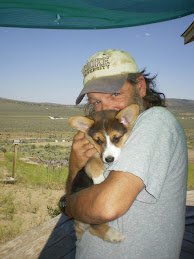

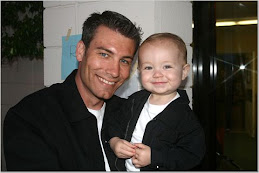
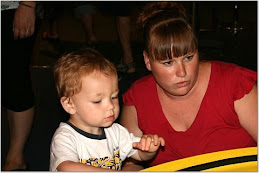










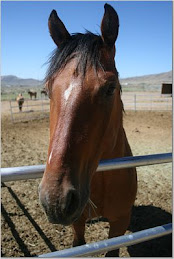
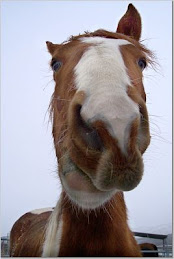

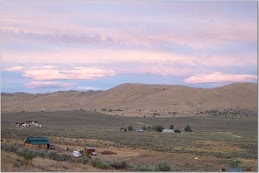

1 comment:
This was an interesting read--and very true. Even in discipline, Andrew (and, eventually, Tori) has his choice. I give him more than one option and we talk through the situation a little (he's two--you can't talk through it too much). But, ultimately, I do my best to leave him with his dignity and respect for himself and for me. He's a busy kid--constant motion--but I've been told he's a GOOD kid. Busy is fine with me--as long as he's good, respectful/well mannered and responds appropriately when spoken too. Animals are the same for me: if they're busy animals and always on the move, that's fine. But I like to be around animals that enjoy being around people & respond well to their directions. Okay--I'm done being over-analytical and wordy. Love you guys!
Post a Comment